Kalapu Andara, Mesquite, or scientifically known as Prosopis juliflora, is a perennial shrub belongs to the legume family, family Fabaceae. Native to Central and South America and the Caribbean region, it has been introduced to Africa, Asia and Australia where it has been naturalized. In 1880 it was intentionally introduced to Sri Lanka as a shade and erosion control tree, in the Hambantota and Puttalam districts.
Mesquite is a medium sized tree with an average height about 5m, with an ashy brown trunk that is studded with sharp spines. Leaves are deciduous, bi-pinnate, light green in color, with 12 to 20 leaflets. Flowers are long green-yellow cylindrical spikes, which occur in clusters. Flowering occurs mainly in rainy season, mostly in October to December. The plant is propagated by seeds in light green pods. As an adaptation to arid climates, the root system of this tree extends to great depths, as far as 20metres on occasion.
Due to its ability to withstand harsh environmental conditions, and its prolific growth rate, this plant became invasive in every region it was introduced, and is ranked in the top 100 worst invasive species in the world. In Sri Lanka also, it has become serious threat in arid and dry zones, and is most prominent in Hambantota and Puttalam districts. As it can tolerate conditions of high salinity, mesquite has invaded not only shrub forests and forest serves but also wetland habitats such as lagoons and salt marshes. It has had severe impacts on wetlands as it establishes a thick canopy, cutting off feeding grounds necessary for wetland birds and mammals. Further, this canopy suppresses undergrowth, affecting plant diversity as native species simply cannot compete. Mesquite has spread to protected areas such as Bundala National Park and Wilpattu National Park. It is estimated that mesquite covers one third of Bundala National Park, which is a vital wetland for migratory birds and a Ramsar Site.
The Department of Wildlife Conservation engages in the control and eradication of mesquite by uprooting it from protected areas, but this alone has failed to be effective. Some countries have found alternate uses for mesquite; in Africa and South America it is used as fodder for animals and organic manure, while its timber can be used to manufacture furniture. Many products can be harvested and produced from the seed pods of mesquite, including enriched flour and syrups.
As mesquite wood contains a high calorific value, it is an ideal source of fuel and is used for this purpose in Kenya and India, where it supplies 75% of fuel wood requirement in dry and arid regions. Mesquite wood can be used to produced activated carbon.The primary regions occupied by mesquite are districts where 57% of villagers still use fuel wood for their household energy requirements, thus, using mesquite as a fuel wood could be a sustainable strategy that ensures the control of this invasive species.
Given that Sri Lanka faces an energy crisis and can no longer rely on hydroelectricity or coal power, biofuel energy production from mesquite wood could be a sustainable solution for two environmental problems.
M.S. Deshaprema – Wildlife Conservation Society – Galle



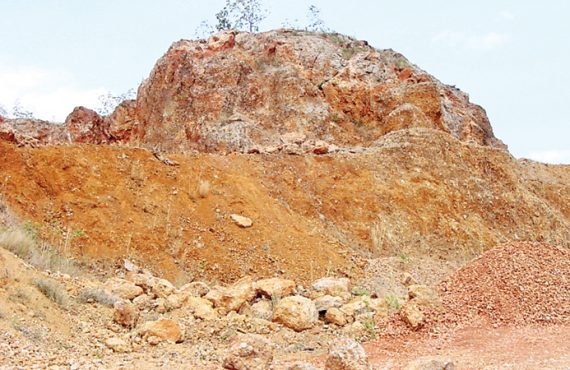
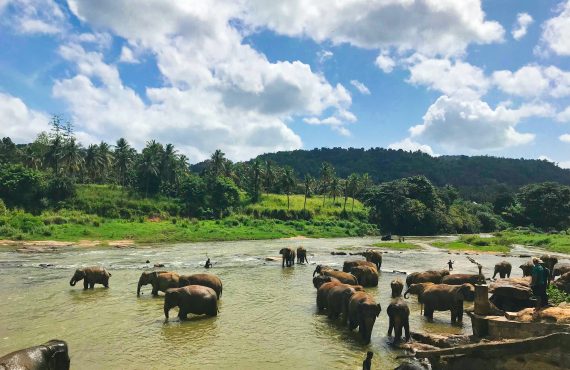
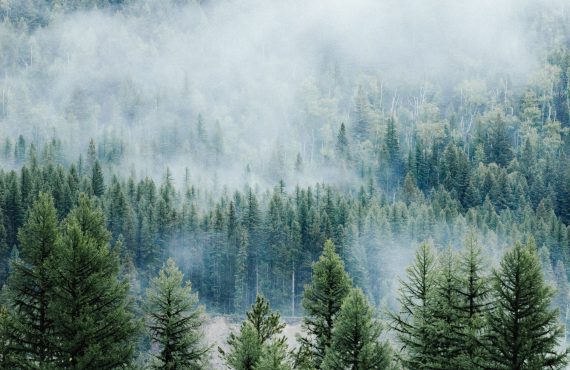





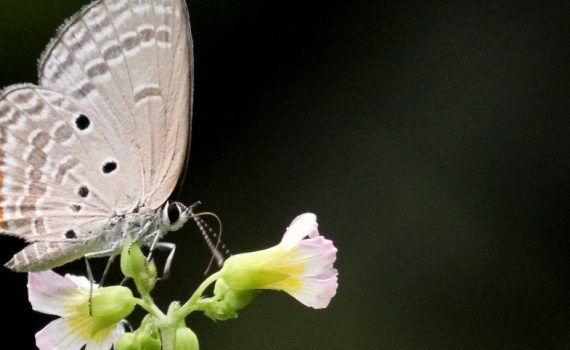
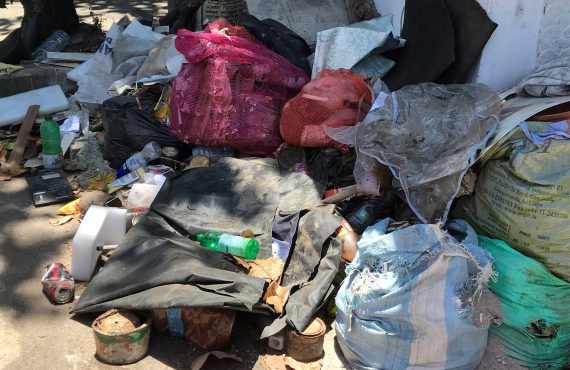





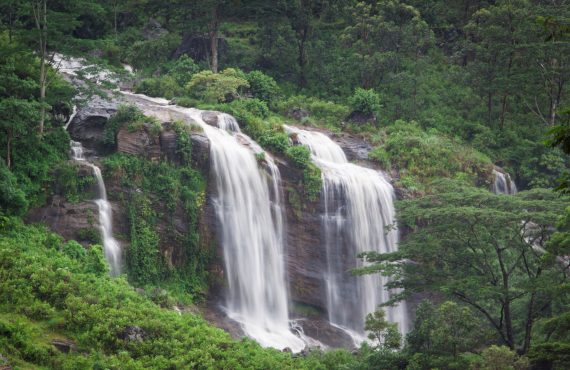

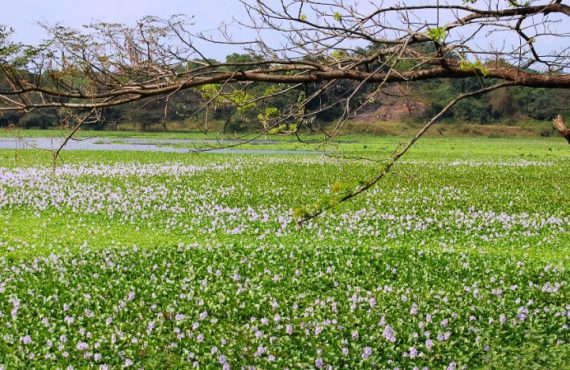




No comments yet.